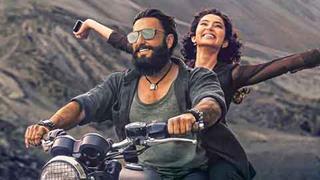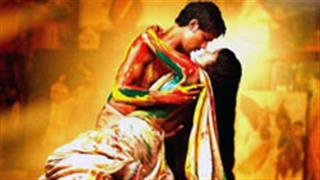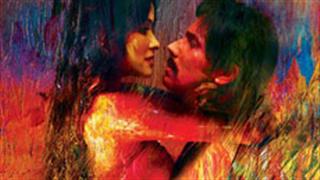"This is the right moment for the film to come up. Today, audiences are changing rapidly than filmmakers. Making 'Rang Rasiya' was a challenge. It took five years for getting it cleared from the Censor Board," Mehta told reporters at the banquet hall of Laxmi Vilas palace here yesterday ahead of its screening. One of the reasons behind the delay was filming in two languages -- English and Hindi.
"The film is bilingual...titled as 'Colour of Passion' and 'Rang Rasiya' respectively.
"I chose to make a film on the legendary 19th century painter Raja Ravi Varma because he was the most fascinating artist of that era and his character, persona and paintings attracted me since my days at the Film and Television Institute of India," he said.
Acknowledged as the father of modern Indian art, Raja Ravi Varma - an artist from the princely state of Kilimanoor (now in Kerala), achieved recognition for his paintings depicting scenes from Indian literature portraying perfect fusion of Indian traditions with European academic art techniques.
While being patronised by kings and masses in South, in 1881, Varma was invited and commissioned by Maharaja Sayajirao Gaekwad III of the erstwhile princely state of Baroda to paint portraits of the royal family at Laxmi Vilas palace here.

Impressed with his work, Gaekwad made a permanent studio for the painter within the palace compound, allowing him to paint his legacy on the canvas of history. It was here that Varma painted some of his most iconic masterpieces which are now considered to be the epitome of Indo-European art.
Today, the palace houses a remarkable collection of these fabulous and priceless paintings, Mehta said.
"It was Varma who took art to masses and distributed picture of goddesses like Lakshmi Saraswati etc, and democratically revived civilisation. Earlier, these paintings used to be treasury of erstwhile rulers and kings," the filmmaker-writer said.


















